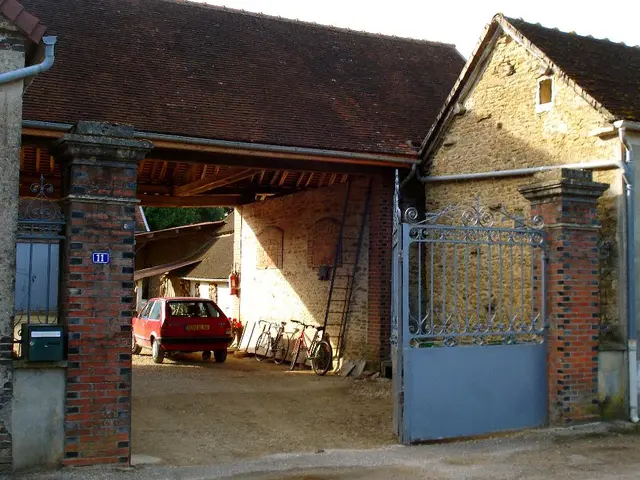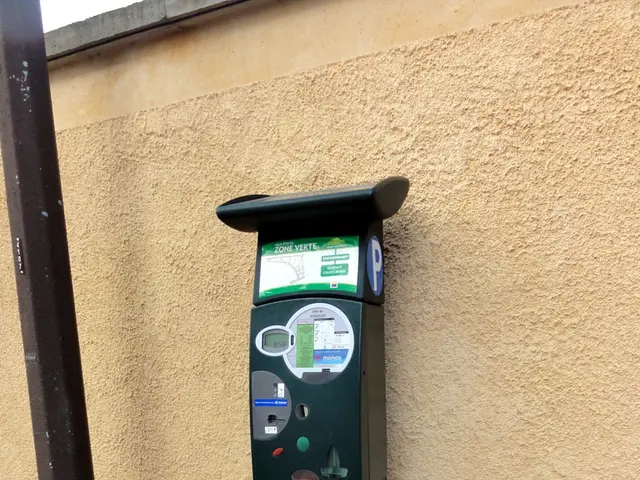Interest rates on home equity loans are sliding across the market, reaching their lowest point in 2025.
In the ever-evolving world of finance, home equity loans and Home Equity Line of Credit (HELOC) have been making headlines recently. Here's a rundown of the latest developments in this sector.
The rates for HELOCs and home equity loans have rebounded somewhat from this spring, with the average rate on a $30,000 HELOC currently standing at 8.10%, according to recent data. This is a decrease of two basis points from the previous figures. Moreover, the average rate on a 5-year $30,000 home equity loan has fallen one basis point to 8.22%, marking the lowest average rate for the year.
Satyan Merchant, TransUnion senior vice president and auto and mortgage business leader, has suggested that now could be an opportune time to tap home equity for cash. This sentiment is echoed by Greg McBride, Bankrate Chief Financial Analyst, who predicts that home equity rates will decline in 2025, with HELOCs averaging 7.25% and home equity loans coming in at 7.90%.
The Bankrate.com national survey of large lenders, conducted weekly, provides an accurate national apples-to-apples comparison due to its consistency over the past 30 years. This survey reveals that home equity products are still relatively high-cost debt, with the average rate hovering over 8 percent, and many lenders charging double-digit interest rates.
It's important to note that the individual offer on a particular HELOC or new home equity loan reflects additional factors like creditworthiness, financials, the value of the home, and the size of the ownership stake.
Lenders generally limit all home loans (including the mortgage) to a maximum of 80 to 85 percent of the home's worth. However, mortgage-holding homeowners' equity stakes have risen 142% nationwide since 2020, according to a new Bankrate study on states with the most and least home equity gains.
The home equity market has shown significant growth in Q1 2025, with a 12% year-over-year increase, TransUnion reports. This represents the strongest year-over-year growth since 2022. Lenders expect outstanding home equity debt to increase by 6.6% in 2025 and 4.1% the following year, according to the Mortgage Bankers Association, given the assumption that the Fed will resume cutting interest rates in the second half of the year.
Current trends in the U.S. real estate loan market include increasing competition among lenders, leading to lowered margins and slightly reduced loan-to-value ratios, indicating reduced risk and more players entering the market. Concurrently, demand for owner-occupied housing has risen significantly, with over 100 billion euros in housing loans to private households in early 2025, reflecting a strong financing volume growth and continued price increases in residential real estate.
In contrast to credit cards, where the average rate stands at 20.12%, and personal loans at 12.49%, HELOCs and home equity loans tend to be much less expensive. A fixed-rate home equity loan offers a lump-sum payout and a predictable repayment schedule, making it an attractive option for those seeking financial flexibility while maintaining a manageable repayment plan.
In conclusion, while home equity loans and HELOCs still represent high-cost debt, the current market trends suggest that they could become more affordable in the near future. As always, it's crucial for potential borrowers to carefully consider their financial situation and shop around for the best rates and terms before making a decision.








